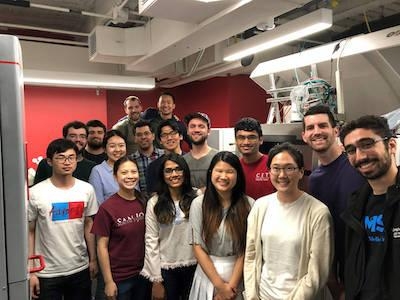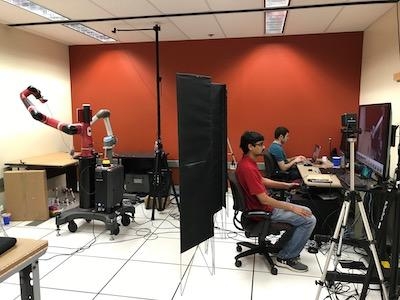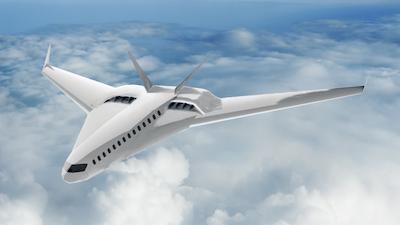Will Examine New Ways To Build And Power Aircraft Of The Future
An elite group of university-led teams will examine new ways to build and power aircraft of the future as part of a NASA program designed to engage the ingenuity of faculty and students to help solve the nation’s most pressing problems in aviation.

Three schools selected by NASA to lead their respective research teams include Carnegie Mellon University, Pittsburgh; the University of Wisconsin, Madison; and the University of Illinois, Urbana-Champaign.
“These diverse teams and the ideas they will be researching have the opportunity to radically change aviation in very specific ways,” said John Cavolowsky, NASA’s director of the Transformative Aeronautics Concepts Program.
This is the second year NASA Aeronautics has reached out to the academic community in this way. Known as the University Leadership Initiative (ULI), the project will provide a total of about $15 million to these three teams during the next three years. Unlike other NASA-funded research programs in which the agency specifies the project goals, universities are asked to come up with a compelling investigation, so long as that technical challenge addresses one of NASA Aeronautics’ strategic research goals.
Another key goal of ULI is for the student researchers to gain experience in leading a multi-disciplinary team made up of partners from other universities and industry, especially representing those who have not traditionally applied their skills to aviation problems. “Every day we’re seeing more and more that it’s the technical expertise outside of the traditional aeronautical community that will help us transform aviation in the future,” Cavolowsky said. “There’s a role for talented students from every technical discipline to participate on these teams.”
The three teams and their research topics are:
Carnegie Mellon University
This team will explore new methods for using additive manufacturing – more popularly known as 3D printing – to reduce costs and increase the speed of mass-producing aircraft without sacrificing quality, reliability and safety.
Key challenges they face are to come up with a scientifically sound basis for qualifying the 3D printed parts, as well as demonstrate that facilities for the efficient large-scale production of these parts can be designed and used.

University of Wisconsin, Madison
As companies seek to automate more and more of the manufacturing process, certain tasks required to assemble an aircraft are not easily turned over to robots alone due to high levels of variability in those processes, which also demands a human’s careful touch and ability to see what they’re doing to instantly react to varying conditions.
This team will explore new ways in which humans can use robotics to improve the efficiency and flexibility of aviation-related manufacturing processes in a manner that enhances the safety of human workers.
University of Illinois, Urbana-Champaign
This team will examine the use of liquid hydrogen (LH2) in fuel cells that generate electricity to power an electrically driven aircraft propulsion system. The supercold LH2 also would be used to enable highly efficient superconducting electrical systems.

In addition to producing several novel superconducting electrical system components, the team plans to come up with a design concept that integrates these components and ideas into an aircraft similar in size and capabilities to a modern single-aisle, twin-engine airliner.
Under this program the team has banded together to form the Center for Cryogenic High-Efficiency Electrical Technologies for Aircraft, or CHEETA, to develop systems that may one day result in quiet, efficient propulsion systems that produce zero carbon dioxide and other harmful emissions.
(Images provided with NASA news release)
 ANN's Daily Aero-Linx (05.02.24)
ANN's Daily Aero-Linx (05.02.24) ANN's Daily Aero-Term (05.02.24): Touchdown Zone Lighting
ANN's Daily Aero-Term (05.02.24): Touchdown Zone Lighting Aero-News: Quote of the Day (05.02.24)
Aero-News: Quote of the Day (05.02.24) ANN FAQ: Contributing To Aero-TV
ANN FAQ: Contributing To Aero-TV NTSB Final Report: Cirrus Design Corp SR20
NTSB Final Report: Cirrus Design Corp SR20





